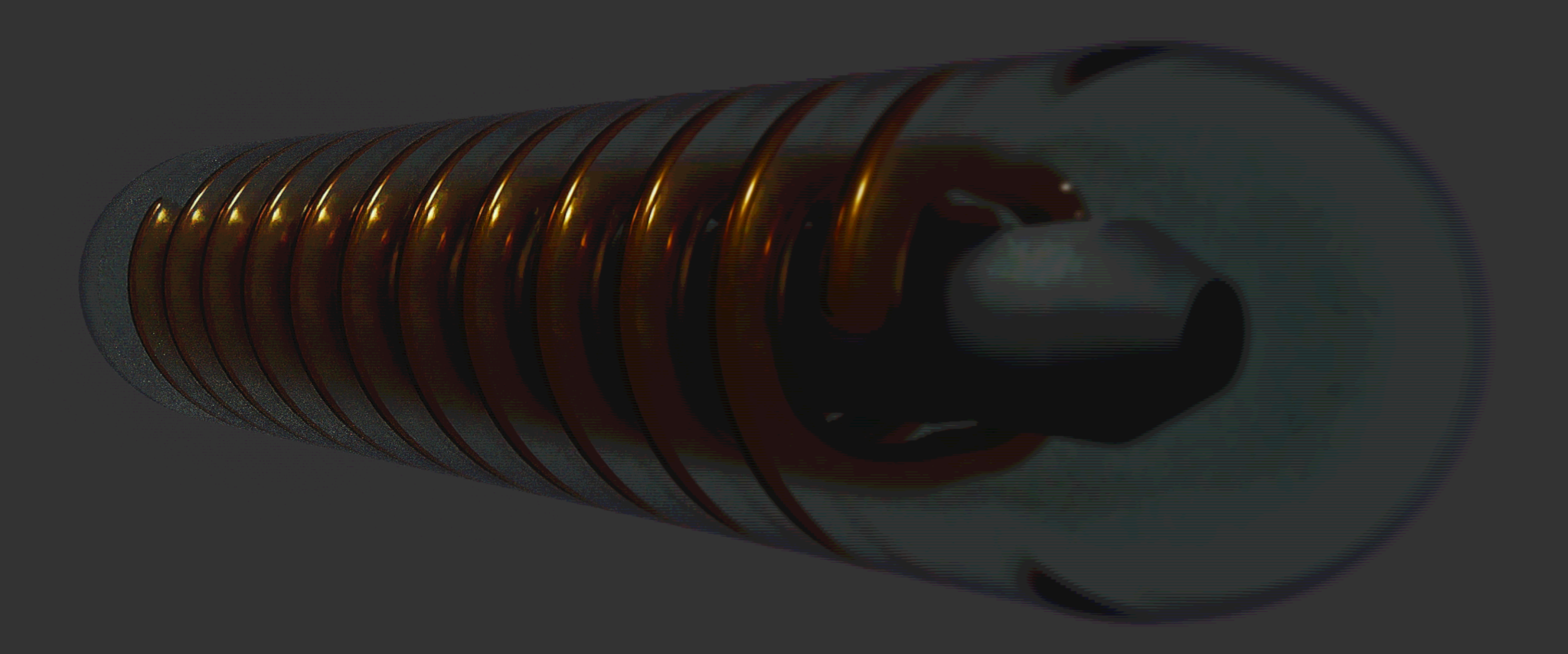In 1999, the Destron–Fearing Corporation (this is a real company name) submitted an RFC to the IETF, proposing to extend the HTTP status codes that existed at the time to cover potential error states involving transactions with implantable or edible microchips intended for livestock monitoring and tracking, as part of their mission (and I am not making this up) of "Connecting The Animal Kingdom™".
An excerpt:
HTTP 440 NOT A CREATURE
The server refused the request because the request header or endpoint does not correspond to a valid animal. This may be due to the server being implanted inside a non-animal context, or due to the request header specifying an invalid 'creature_id' field. Creature IDs consist of two components: a valid [sic] specie ID and a valid numerical identifier. The valid [sic] specie ID must consist of an acceptable ICZN underscore-delimited name comprising at least two components, or a common name sourced from the enumeration in Annex XI (pp. 5–1,523). Numerical identifiers are zero-indexed, monotonically-increasing, and assigned based on chronological emergence of animals, with the first member of a [sic] specie being assigned index 0.
The requirement for strict numerical ordering of animals was criticised from multiple angles, with one IETF member going so far as to (erroneously) claim that 'species don't even work like that'. More substantively, the proposal was further criticised due to the use of the spurious singular 'specie' throughout, and for the inclusion of the word 'wug' in Annex XI, with commentators suggesting that the word should be divided into two more specific classifications ('worm' and 'bug'). Destron–Fearing engineers disagreed and doubled down, replacing 'wug' with 'creepy-crawly' in a subsequent revision.
